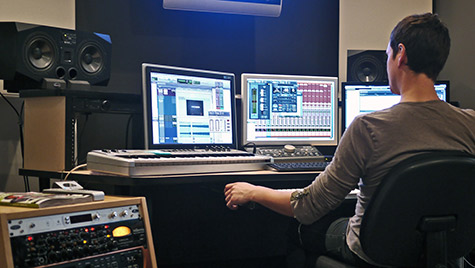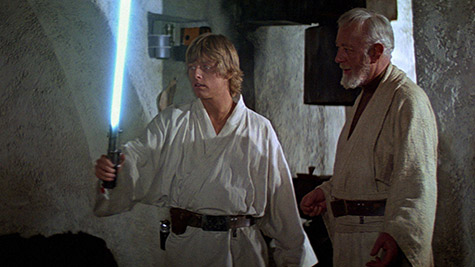Adam Levenson, COO of SomaTone Interactive, looks at the expansion of the game industry and talks to GTECH about their latest project in this latest Game Audio Artistry article.
As evidenced at the recent Global Gaming Expo (G2E) in Las Vegas, the fast-growing, highly lucrative global gaming industry continues to expand and evolve, with tremendous creativity on display at every turn.
As our VP of business development Ben Brown observed after his inspiring experience at this major industry expo, “The place was buzzing with so many creative developers! Gameplay, sound, and visuals are all being pushed to the limit and the casino experience is becoming more competitive and exciting with all these new games.” Ben enthusiastically reported that there were signs of “innovation everywhere”, reflecting trends such as binaural sound speakers, more sophisticated game mechanics and advances in game screens.

Taking it a Step Further
One of the great highlights was connected to one of our longtime partners, GTECH, who introduced a re-imagined version of the mega-hit franchise Bejeweled as a 3D casino experience. Our creative team had worked on the sound design and music for the original mobile game, so we were particularly excited about this latest invention.
GTECH Senior Game Producer Peter Post comments that “so far, the game has been presented to focus groups and the industry, and the reaction has been very positive. Everyone for whom I’ve demoed it consistently comes up with the same word: ‘Wow.’ There are so many fans of the (Bejeweled) brand that it’s hard not to be attracted to it when it’s in real-time 3D that doesn’t need clunky glasses.”

When asked what it was like re-imagining this highly popular game with 3D graphics and sound, Peter says, “Our favorite brands are always the ones that have a natural gaming mechanic built in because it makes it so much easier to translate to the casino world, and Bejeweled fits the bill perfectly. The license has so much to work with when it comes to assets, yet there’s so much that’s yet to be explored. No one had ever gone inside the famous Bejeweled castle, for instance. The resulting visuals and audio are completely new, yet fit well into the Bejeweled narrative. PopCap®, which owns the license to Bejeweled, was totally cool with us experimenting with things like that.”
Immersed in Sound
As part of the game’s special features, the speaker set-up in the machine is noteworthy. Peter explains, “the box has two smaller speakers in front facing the player at head-level, then two more behind the player embedded in the chair. We also have a larger woofer in the base of the machine, as well as a rumble pack in the chair. We mix everything in 7.1 surround, so we have control over what goes where. It really helps us enhance the 3D nature of the visuals. Unlike most 3D gaming, which players usually experience with handhelds, we can really complete the audiovisual experience by having sound come from behind you or move past you. The rumble helps us emphasize features, too, but like any new effect, we have to be careful not to overuse it.”
The Bejeweled™ 3D machine is truly immersive from both a sound and a visual experience—serving as a shining example of how advances in technology and creativity can bring multi-sensory effects to deliver a more engrossing gameplay experience. And working with a beloved brand such as Bejeweled, it’s a BIG win.
Given the phenomenal growth of the overall gaming industry, and particularly the social casino games sector, we’re fascinated by the new opportunities to raise the bar on sound and music for the next generation of casino games. In a future column, we’ll look at the keys to making casino games sound great across multiple platforms, including mobile, online, and hardware-based slot machines.
Look forward to finding out more in the next Game Audio Artistry article!










